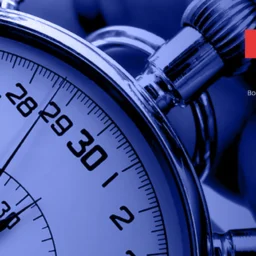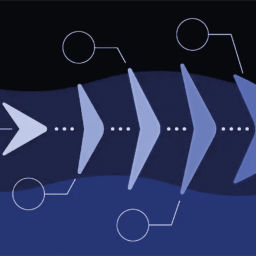
When the company decides to change, the collection of requirements is a fundamental step. This is a preparatory phase in which are defined a set of parameters necessary for the subsequent planning of the project.
Any type of entrepreneurial activity has its own history and a whole series of special needs that must be the basis of any change. Only with this premise is it possible to develop a solution that is effective and responsive to the needs of the company.
We will talk about it later, but it is essential for those who work in this phase to have listening skills. The client needs competencies and specialized assistance, but also to be understood in their specific way of doing business.
It is then up to the professionals to indicate any inaccuracies when focusing the objectives. Advanced technology such as ours can be best exploited if it operates within certain parameters. However, it is precisely the maximum flexibility of our services that must help to achieve the client’s objectives.
So let’s see how the collection of requirements takes place.
THE BASICS OF REQUIREMENTS COLLECTION
When we are contacted to develop better process automation, we often find a starting point that is not technologically advanced. In these cases, it is really essential to define the foundations to develop a truly company-centered solution.
Obviously, an accurate customer interview is the primary basis for understanding what they really need. The requirements are in fact built by all the needs that the company must satisfy with this technological update.
The solution must therefore respond as accurately as possible to these requests and objectives. Let’s now make a short list of the main features of the requirements.
They must be:
- Clear and easily identifiable
- Extremely precise in characteristics
- Realistically achievable
- Important and necessary for the company
- Simple to verify the achievement of the objectives
As can be easily understood, in order to have these elements clear, the ability of the specialist to perfectly understand the people and the company in front of us is absolutely fundamental.
Obviously, the customer must do his utmost to outline the problems and needs that have arisen. If at the end of the development the solution does not meet the requirements, it means that there was an error in the information collection procedure. Let’s take a closer look
Deep dive: the specs of the requirements
Those listed above are some of the primary characteristics of a project’s requirements. We give some additional information on these elements.
- The general objectives required must not give rise to misunderstandings that can cause errors in design and development. So it needs to be clarified without further doubts about the aims of the project.
- Once the general objectives have been outlined, it is necessary to identify the technical and operational details of the required solution. Each company has its own procedures and each technological advance must accompany the internal structure to grow.
- It might appear obvious to say it, but it is necessary that the requirements of a project must be realistic, both by the technological solution and by the company itself. So it is important to understand if the goals set are truly achievable. In this case the task of the specialist is to indicate the routes and to meet the requirements of the project.
- When laying the foundations for the project and establishing requirements, it is important to assess the actual need for change. In fact, sometimes it happens that an analysis of the requirements leads to a change in them. This is because more critical situations are identified that require a much more urgent technological adaptation.
- Finally, it is important, both for the customer and for the specialist, that the required requirements are verifiable after the development of the solution. Technologies applied to companies do not always respond to needs. However, if the requirements are clear and defined, then it is possible to generate a report in which to verify the results obtained.
HOW THE DEVELOPMENT PROCESS CONTINUES FOLLOWING THE COLLECTION OF REQUIREMENTS
Once this process is completed, the other more operational phases are activated that lead to the transformation of the requirements into a tangible result.
We can briefly summarize the path in these steps.
- Convert a company’s requirements into software features
- Evaluate if some of the requirements are not compatible with technological solutions
- Point out the differences between the required requirements and those of the software
This further analysis will ultimately lead to the actual development of the necessary technological solutions dedicated to the customer.
THE CORRECT COLLECTION OF REQUIREMENTS LEADS TO SUCCESSFUL SOLUTIONS
As is evident, a very important preparatory phase must take place before the development of a software platform. Perfect knowledge of a company, its objectives, and what it is looking for is absolutely essential.
For this reason, the correct definition of the requirements makes it possible to highlight shortcomings and needs in terms of methodologies applied to production. The result will be a solution with a strong technological impact, with great improvements in terms of efficiency and productivity.
THE WORD OF THE EXPERT
Stefano Travaglio, Eight Twenty Solution Consultant, has followed projects for large national and international clients.
“It all starts with the people, who will then become the users of the platform.
The most common cause for incomplete requirements collection is not having the right mix of people to interview. For example: a department leader may be the best person to define the depth of metrics, reports and KPIs. A specialist, with more operational responsibilities, knows details of the process that are fundamental, but sometimes invisible. For this, we recommend in the requirements collection phase to complete a RASCI and ask yourself 2 questions:
1. Who is missing from the roll call?
2. Does the selected group have the necessary skills in everyday life to provide a complete picture? “



